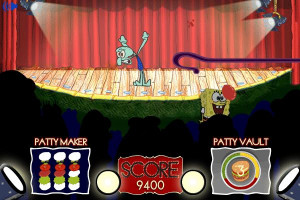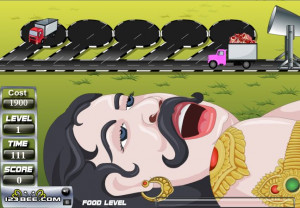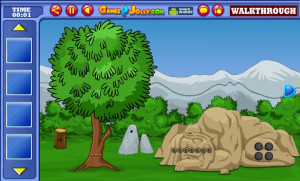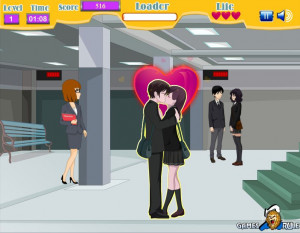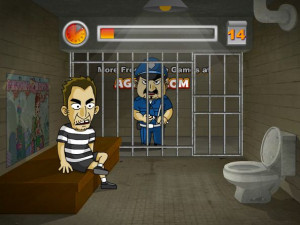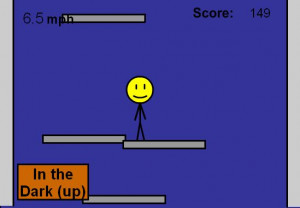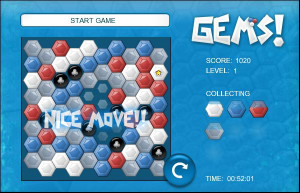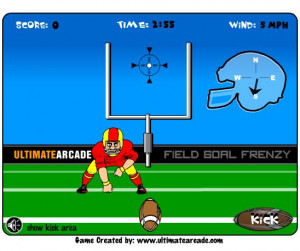Discrete Keyboard
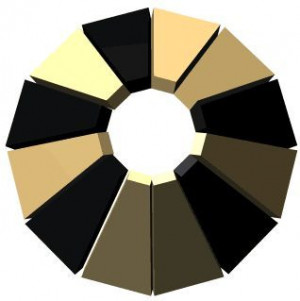
bet you can't find the highest note on this keyboard!
play the tones clockwise around the keyboard until you find the highest note. can't? you might have to go around a few times. still can't find the highest note? here's why. . . .
this keyboard creates tones that seem to be continuously rising or falling. when you sing "do, re, me, fa, sol, la, ti, do" the notes rise in pitch until you reach the next "do." this second "do" has the same pitch as the first "do" but is one octave higher.
each note on this keyboard is actually a chord comprised of six notes of the same pitch, but of six different octaves. the volume of the middle octaves are the loudest, while the higher and lower octaves are softer. this construction method is the heart of this phenomenon.
the basic auditory illusion is that when you play the entire scale, you actually do end up where you started, but the notes appear to have continuously risen (or fallen) in pitch.
this is a special tritone keyboard. playing one tone also plays a second tone exactly one half octave across the keyboard.
try pressing a key. does the second note sound higher or lower in pitch?
the notes on this keyboard are comprised of the same six note cords as described for the discrete keyboard. if played in a row, these notes can easily be judged as sounding higher or lower. if an oposing pair of these notes (tritones) is played, the second note could sound higher to one person but lower to another person. this is because an individual will assign relative pitch to tones based upon the tonal range of the listener's native language and dialect.
try this keyboard with a friend and compare your perceptions. both of you will hear the same set of tones, but each could perceive the opposite change of pitch. neither person would be wrong.
